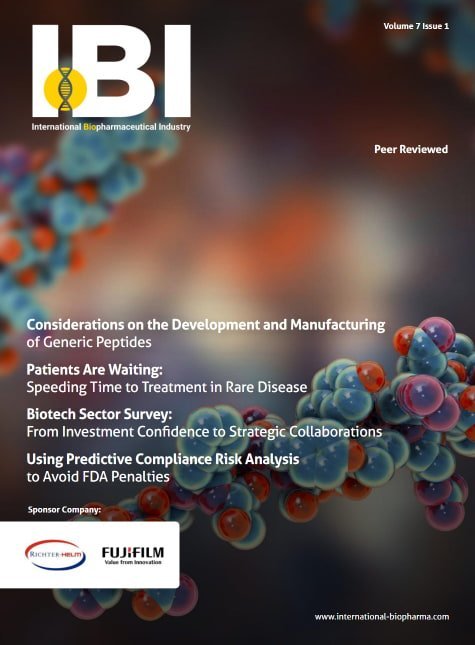The Food and Drug Administration is pressing cell and gene therapy developers to more consistently measure the characteristics of their often complex products, the agency’s top official overseeing the field said Wednesday.
Recently, a number of drugmakers have been forced to delay their development plans following feedback from the FDA on a range of issues, particularly involving manufacturing and the tests used by companies to assess the strength of their treatments. On Tuesday, for example, Iovance Biotherapeutics pushed back its timeline for submitting a melanoma cell therapy to the FDA, citing feedback from the agency on the latter issue.
“Just like manufacturers like consistency, FDA likes consistency in product,” said Peter Marks, head of the regulator’s biologic drugs division, at the World Medical Innovation Forum’s virtual meeting.
Consistency is more challenging with cell and gene therapies — which are highly engineered products that can involve a patient’s own cells — than with pharmaceuticals or even the antibody drugs that are now commonplace across the industry.
According to Marks, cell and gene therapy developers haven’t always done a good job constructing tests early on that allow them to consistently measure their products as they move from early testing into larger clinical trials and, eventually, to the FDA.
“It sounds almost sing-songy,” he added. “But many times developers get very excited about the fact that their product produces an important effect that they don’t worry as much about reproducibly making that product.”
Because cell and gene therapies rely on biological material, such as patient cells or viruses, scaling up production isn’t as straightforward as linearly increasing a product’s component parts. Several developers, including Pfizer, Sarepta Therapeutics and Bluebird bio, have had to work through disagreements with the FDA on how they are comparing commercial-scale production to earlier clinical manufacturing, for example.
In addition, as many of the cell and gene therapies now in clinical testing are among the first of their type developed, it’s not always clear from the beginning what characteristics or attributes are most important for reliably assessing clinical effect.
But, according to Marks, developers still need to try. “Pick something. Pick some quality of the cell. Pick something that you think might correlate and measure that,” he said. “We’ll take any offers that are reasonable.”
The FDA is still figuring out how best to oversee cell and gene therapy development, too. The agency finalized six guidance documents for drugmakers in the field early last year and may do the same soon for gene editing medicines once the coronavirus pandemic, and the agency’s workload related to it, subsides, Marks said.
Part of the FDA’s challenge is the crush of fast-advancing experimental therapies it’s now overseeing. The agency received more than 230 applications from cell and gene therapy developers to begin clinical trials last year, according to Marks, similar to the number the FDA got in 2019.
That submissions didn’t drop in a year severely disrupted by the pandemic was a sign of the sector’s strength, Marks said.
In response, the FDA aims to hire more staff at the Centers for Biologics Evaluation and Research, the division that regulates cell and gene therapies. The agency is currently negotiating with industry for the next iteration of the user fee agreements that help provide funding for expansion.
Previously, Marks and then-FDA Commissioner Scott Gottlieb said the agency expected it would be approving between 10 and 20 cell and gene therapies a year by 2025. Two gene therapies are currently approved, as well as five CAR-T cell therapies for cancer.
That target is still achievable, Marks said, although he acknowledged the actual number may come in on the lower end of that range due to slowdowns related to COVID-19.
“I’m still optimistic given the number of therapies we see coming through development,” he said.























